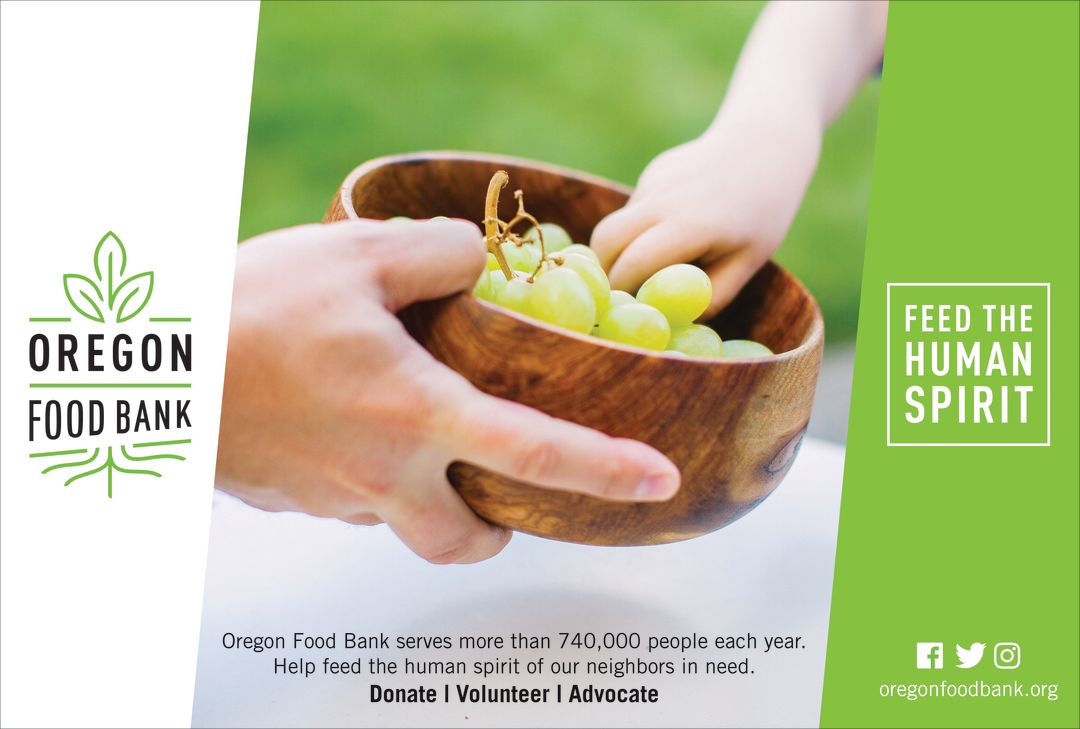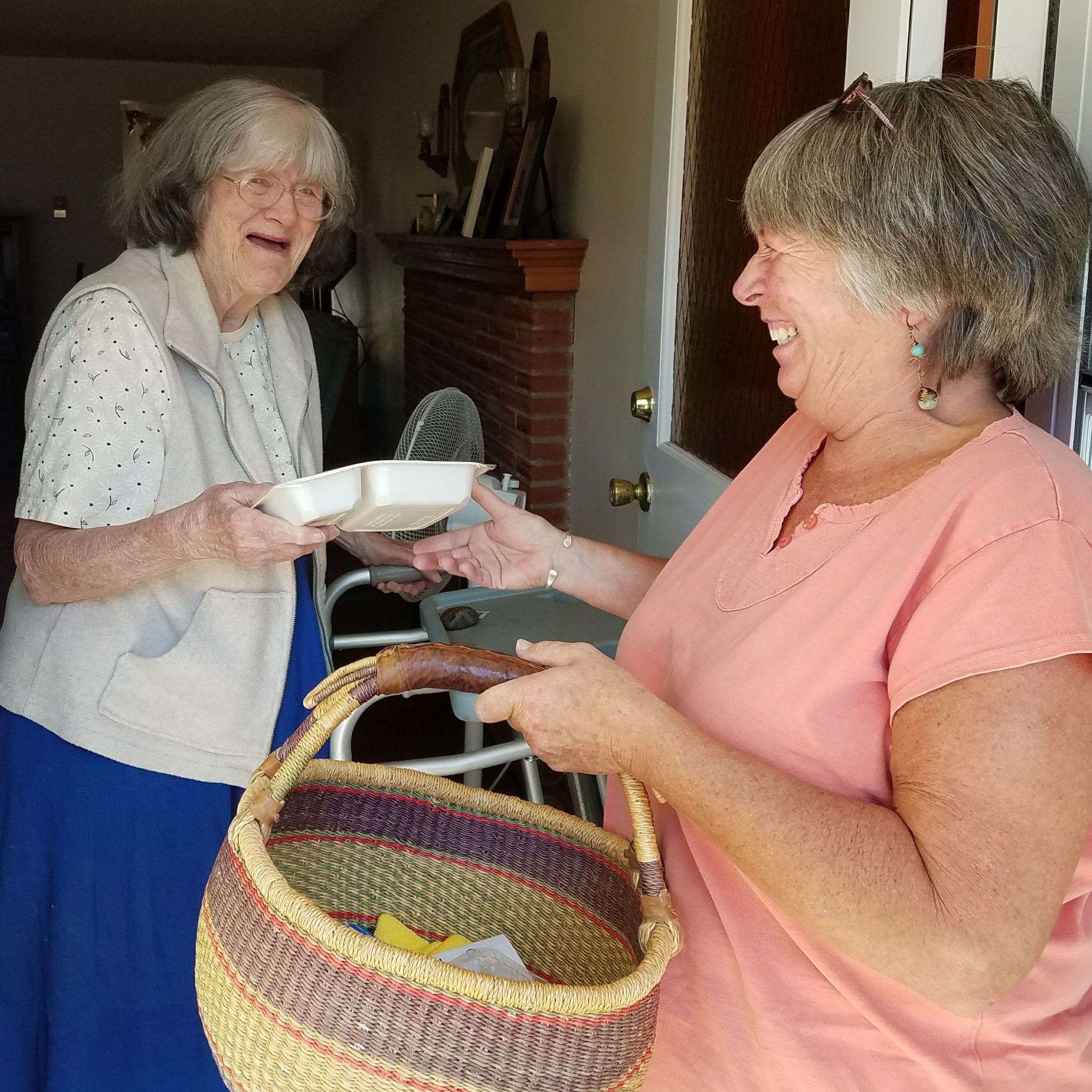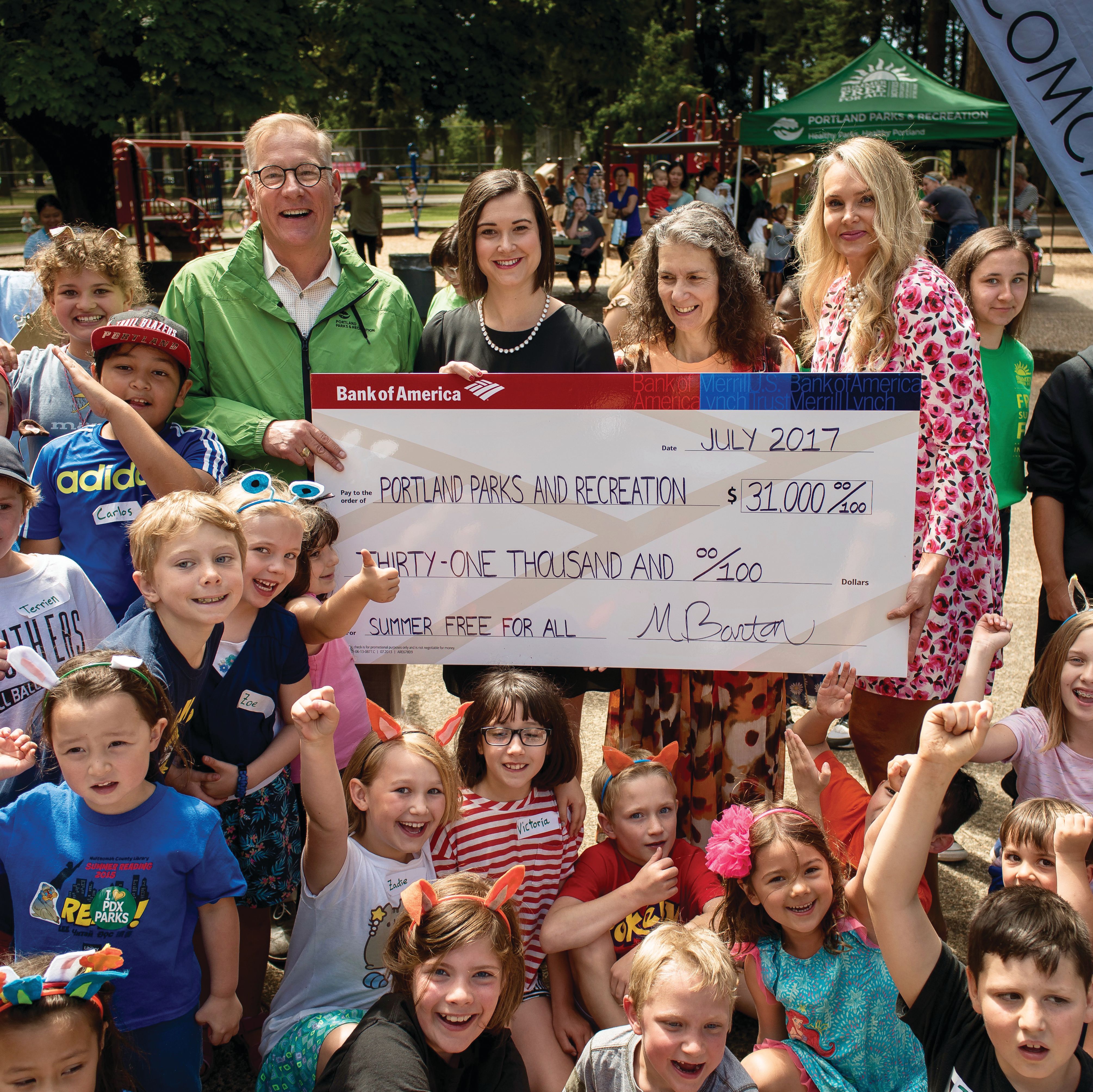Meeting a Basic Need
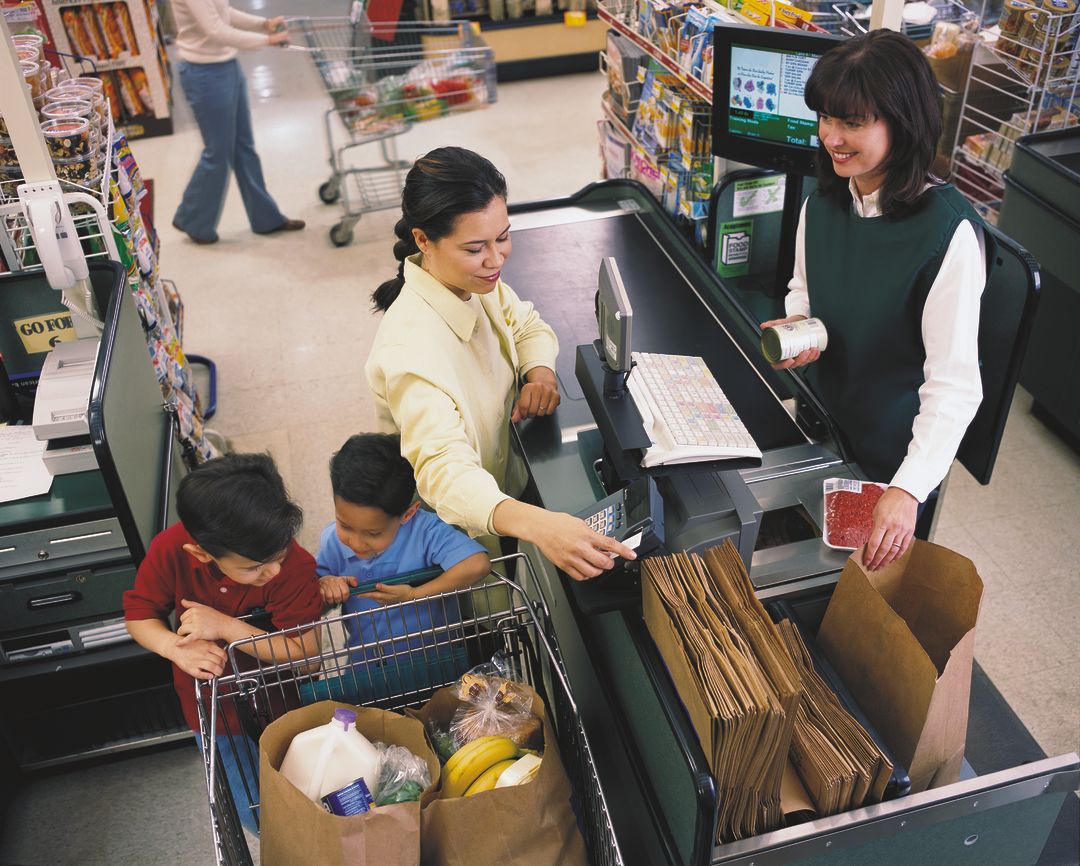
A single parent raising two kids while working and getting a degree, a retired military veteran who volunteers at the neighborhood school, and a young adult with autism who struggles to keep a job – all of them have something in common. Each benefits from the Supplemental Nutrition Assistance Program (SNAP), formerly known as the Food Stamp Program. SNAP recipients make grocery purchases with a type of debit card and are able to purchase foods that meet their dietary needs and cultural preferences. Above all, SNAP benefits help people to be healthy and successful.
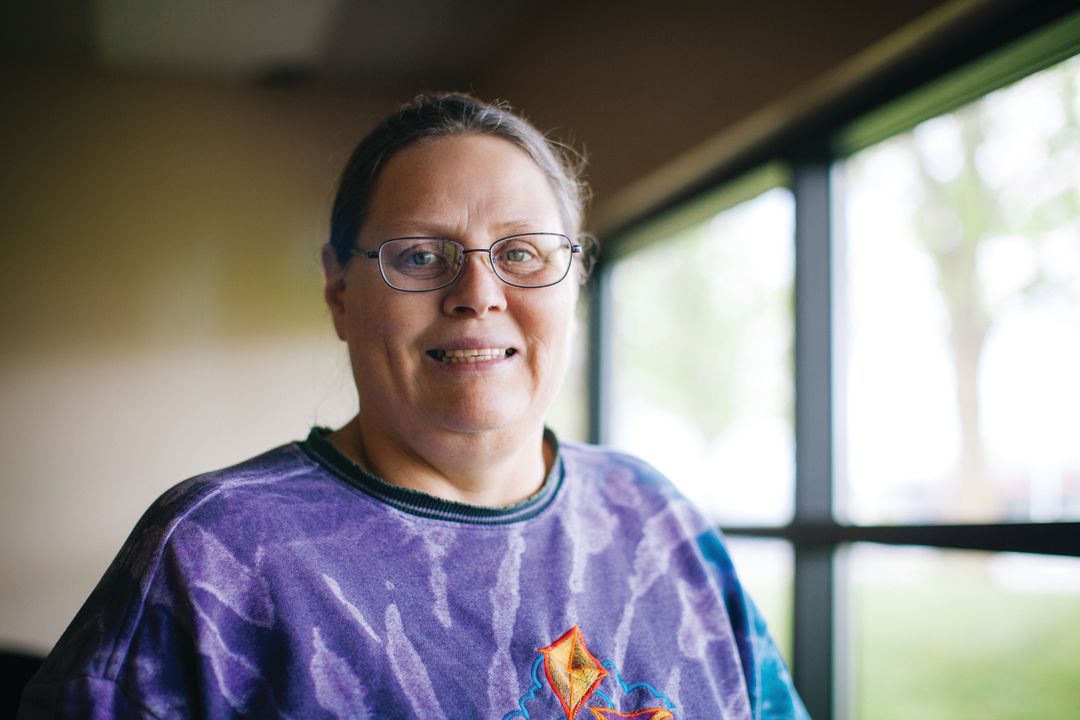
Marleen, Portland
“I try to eat as well as I can, but it’s hard,” says Marleen. “Eating more fruits and vegetables is better for my health, but they’re really expensive. I do use the food bank, especially for meat and fresh vegetables, and it really helps. I attend Portland Community College and it just opened a farmers market. I can use my SNAP benefits there.”
SNAP is the most important anti-hunger program in the country, especially during economic downturns. The federal government pays the full cost of SNAP benefits and splits the cost of administering the program with the states, which operate the program. While eligibility rules and benefit levels are set by the federal government, states are able to tailor certain aspects of the program as they see fit. In Oregon, the average monthly SNAP benefit for each household member is just $122. That’s about $1.35 per meal.
“SNAP is the first line of defense against hunger,” says Oregon Food Bank CEO Susannah Morgan. “Despite what some people say, data shows us that the overwhelming majority of SNAP recipients who can work do so, and children make up 44 percent of SNAP beneficiaries. Wages have not kept up with accelerating costs of housing, child care and health insurance.”
The Oregon Food Bank Network is there to fill the gap when SNAP benefits run out but the month isn’t over. Across Oregon and Clark County, Washington there are more than 1,200 food programs including pantries, meal sites, cooking classes and gardening courses that serve 740,000 people a year. Your support of Oregon Food Bank is crucial to ending hunger in our community and preserving the social programs that have been proven to lift people out of poverty.
“No one should be hungry. Not in America. Not ever,” says Morgan. “SNAP works; it helps keep hunger from our neighbors’ doors.”
